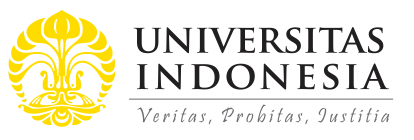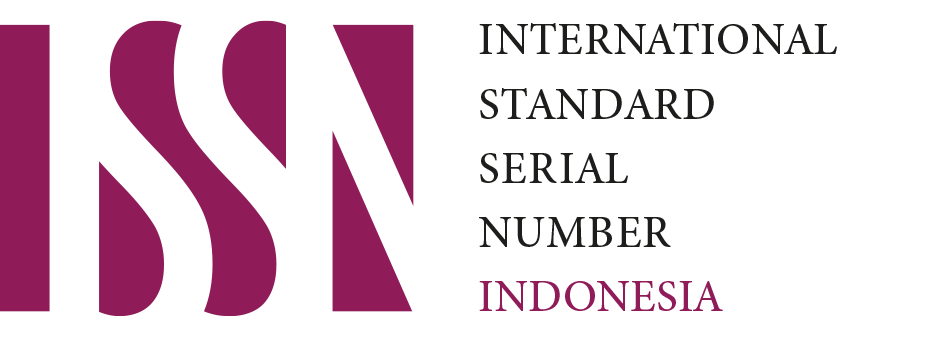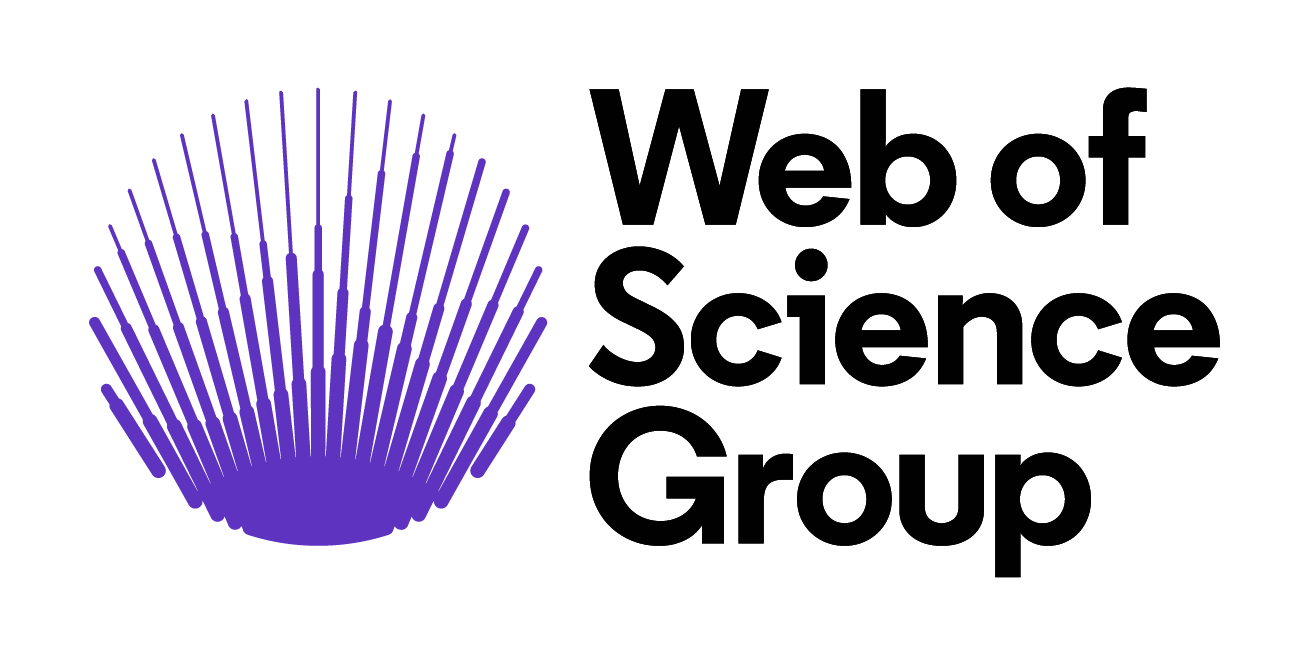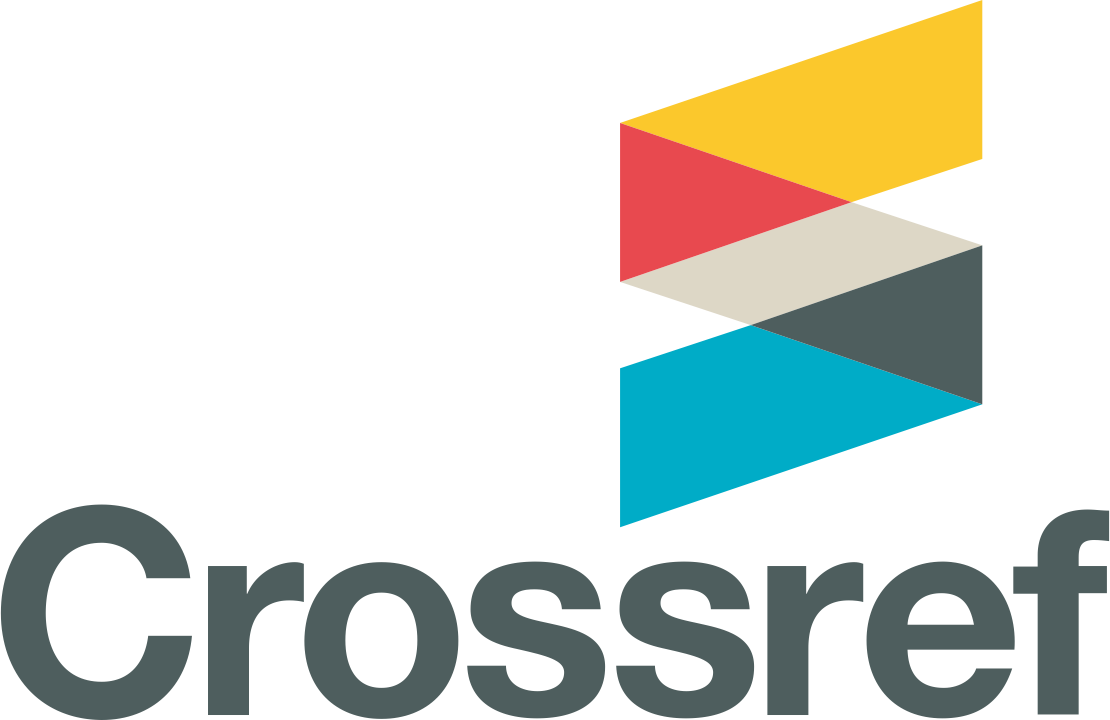Bowman’s Paradox: Prospect-Theory-Based Risk-Return Relationship (Some Recent Evidence in Indonesia)
Abstract
There is extensive evidence indicating a negative risk–return relation when a firm’s performance is measured based on accounting measures, such as its Return on Assets (ROA) and Return on Equity (ROE). Previous studies show that the risk-return paradox can be explained by the prospect theory, which predicts that managers’ risk attitudes are different for firms with differing performance. This study will test whether there is a risk-return paradox in the context of Indonesian companies. This study uses ROA and its standard deviation to define return and risk. Industry level and market level median ROA are used as reference points. Three control variables (firm size, leverage as a proxy of firm risk, and company age) are included in the model to increase the robustness of this research. A new sample of nine industries (about 488 firms) over a 10-year period (2008-2017) provides strong evidence that the risk-return paradox exists in Indonesia. In particular, firms which are below their target level are found to be risk takers (Hl) while organizations above their target level are risk averse (H2); moreover, the below-target slope was generally steeper than the above-target slope (H3). These results support the basic propositions of the prospect theory.
Recommended Citation
Nuir, Rikko Sajjad and Asri, Marwan
(2019)
"Bowman’s Paradox: Prospect-Theory-Based Risk-Return Relationship (Some Recent Evidence in Indonesia),"
Indonesian Capital Market Review: Vol. 11:
No.
1, Article 1.
DOI: 10.21002/icmr.v11i1.11173
Available at:
https://scholarhub.ui.ac.id/icmr/vol11/iss1/1












